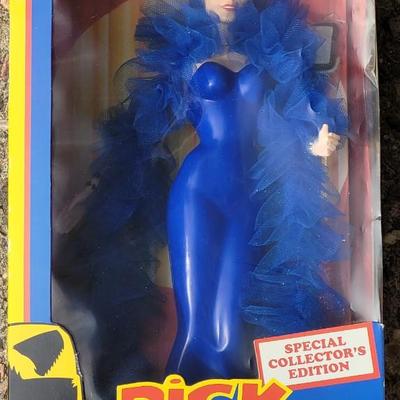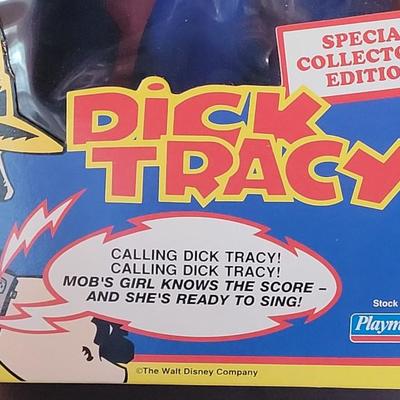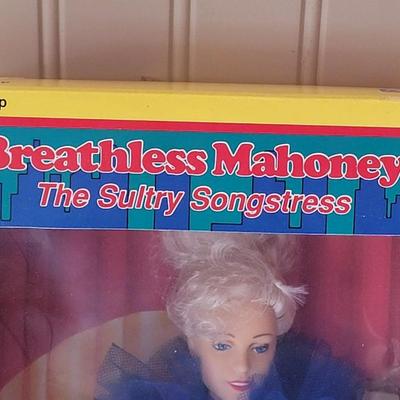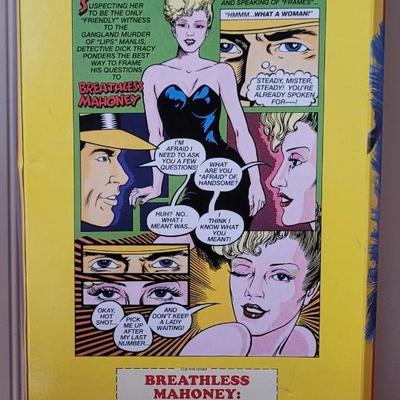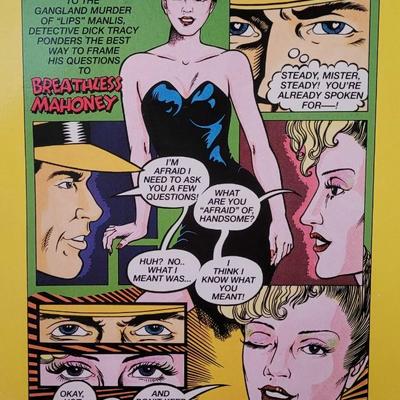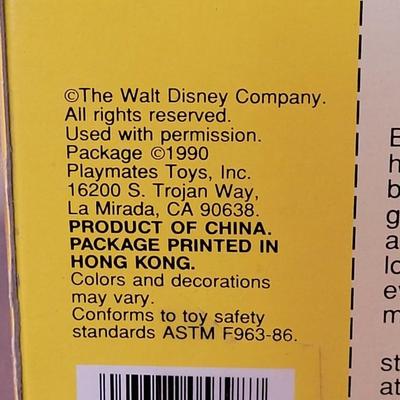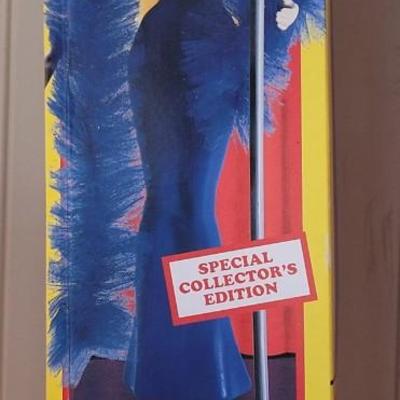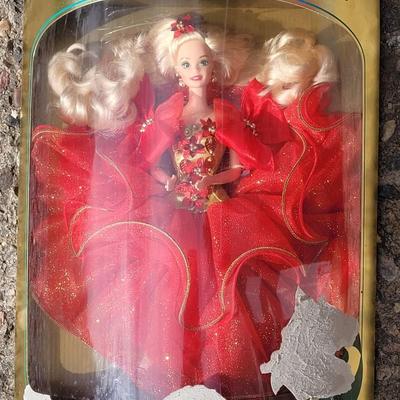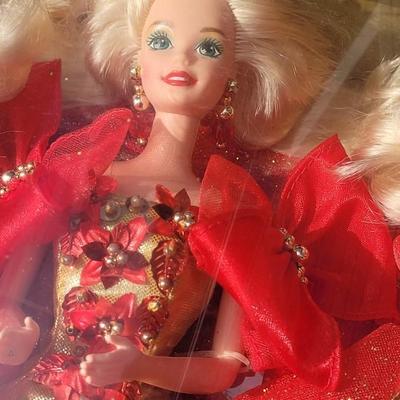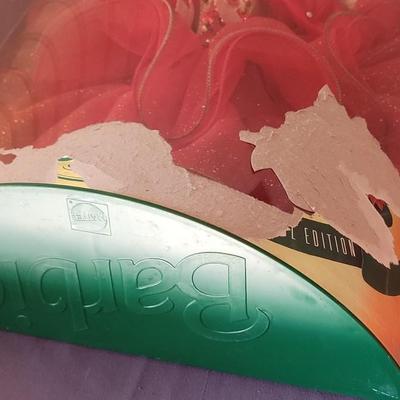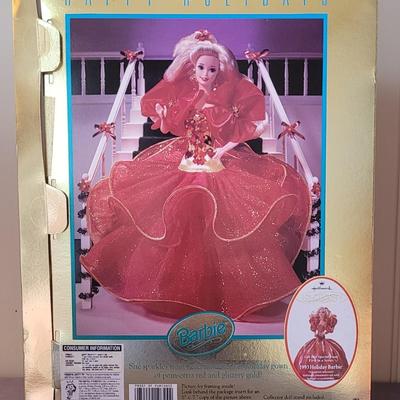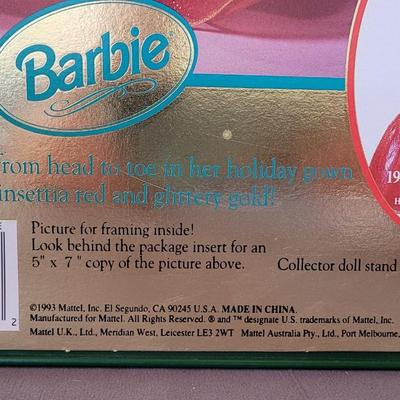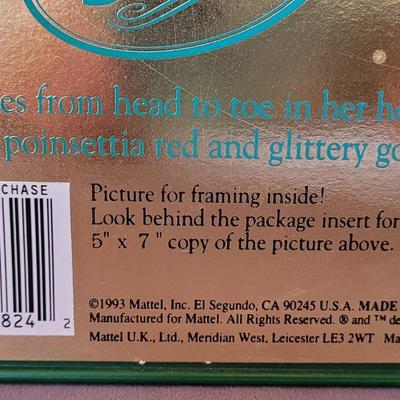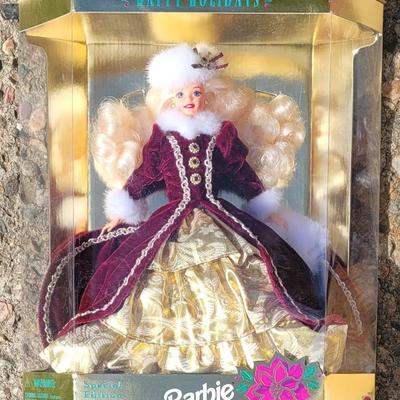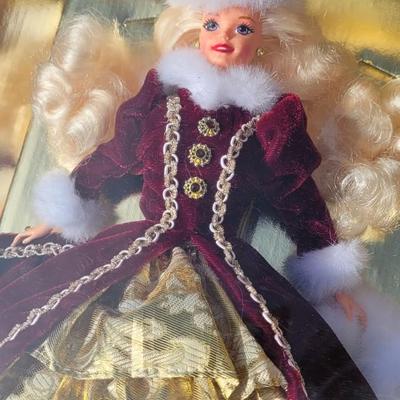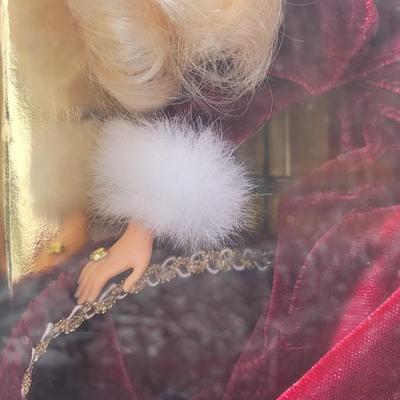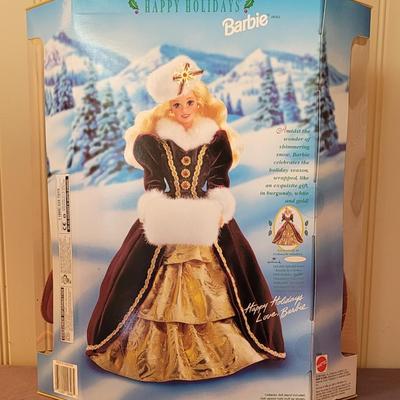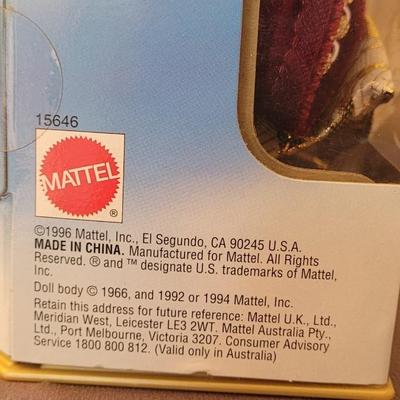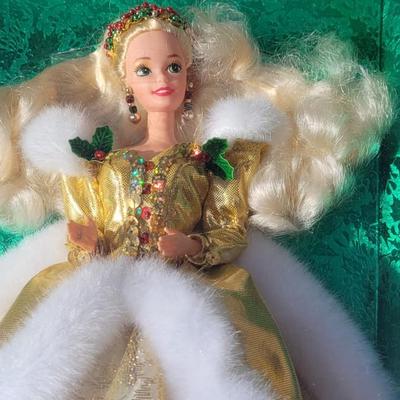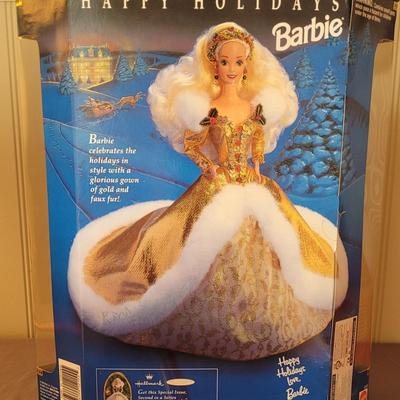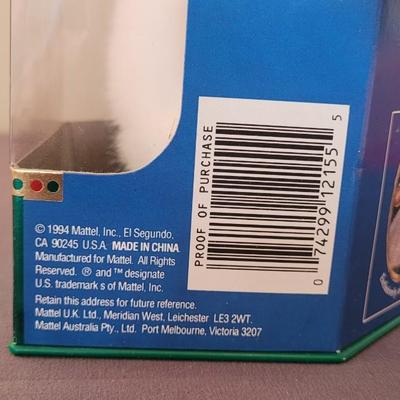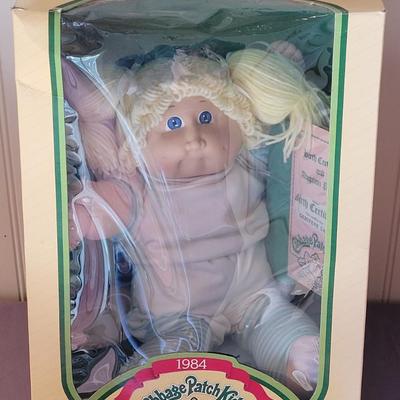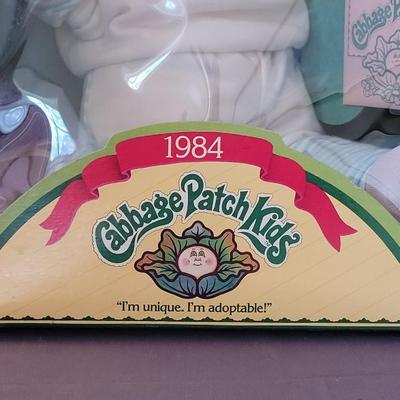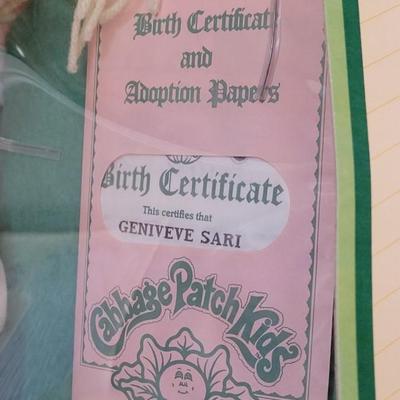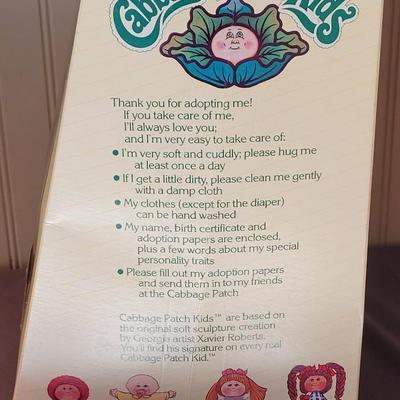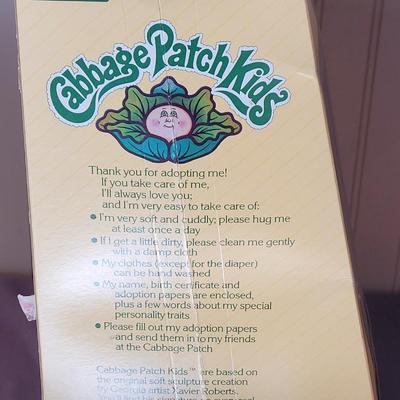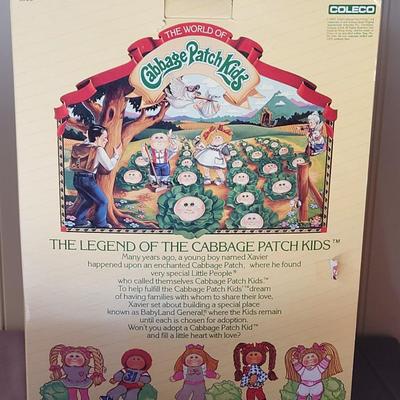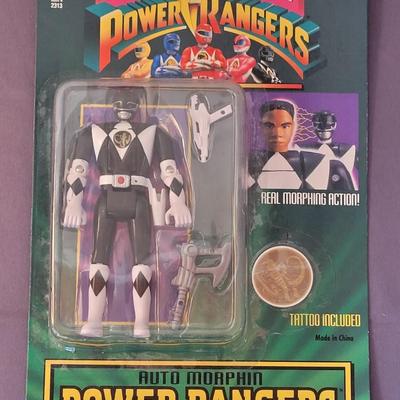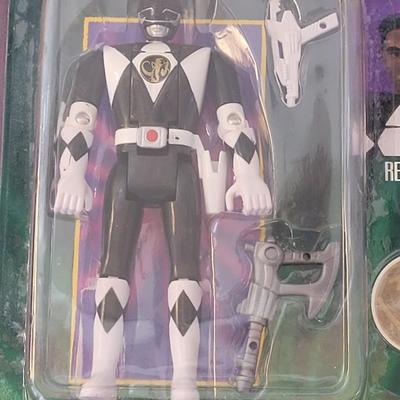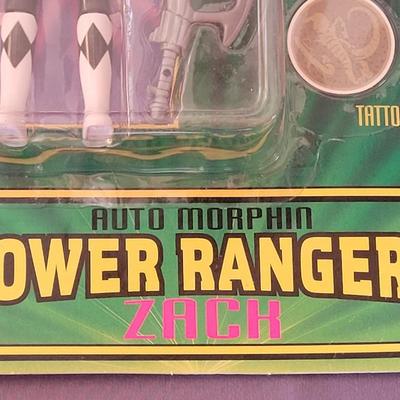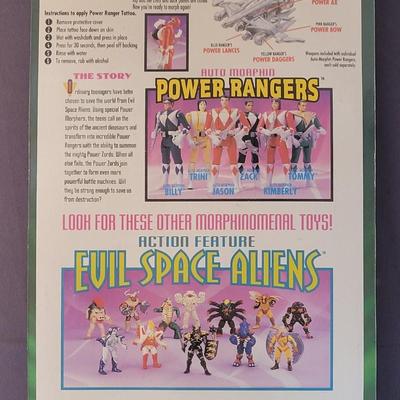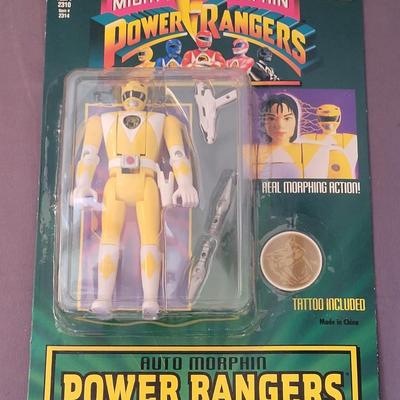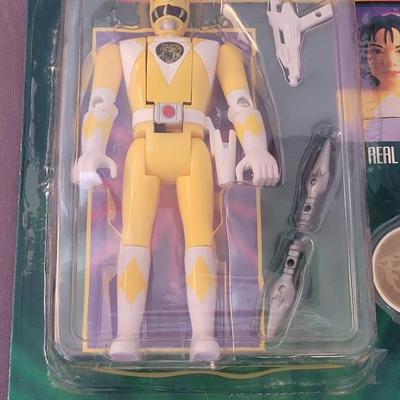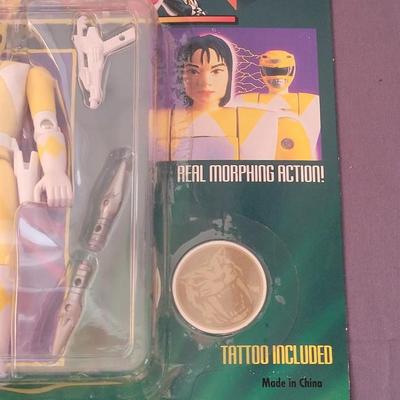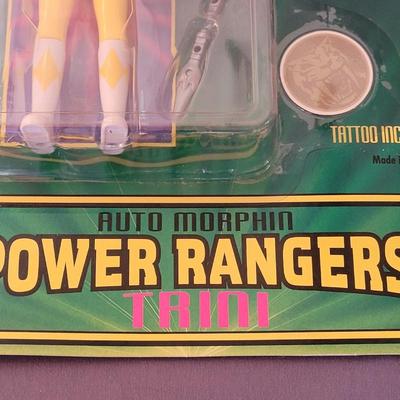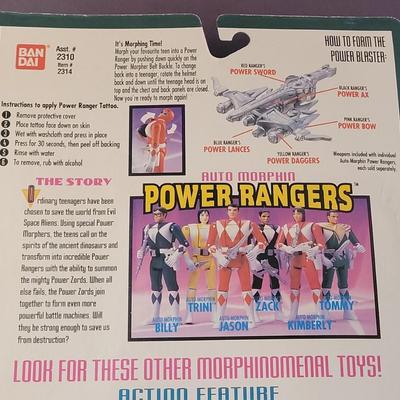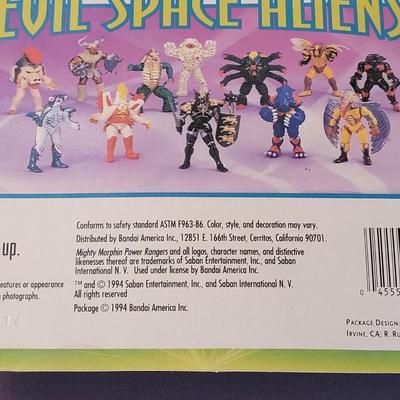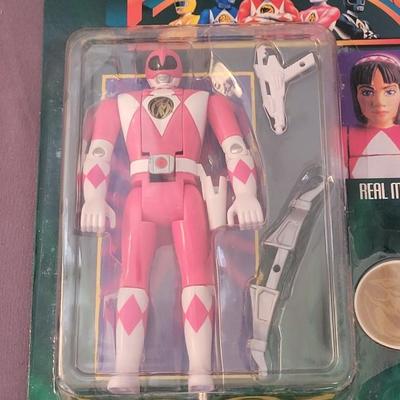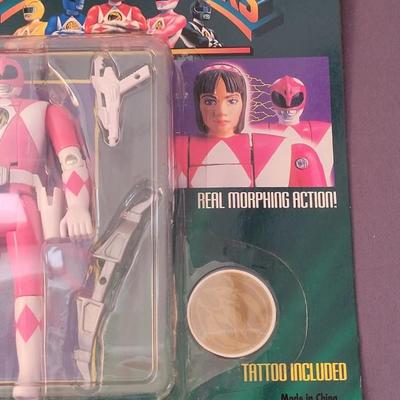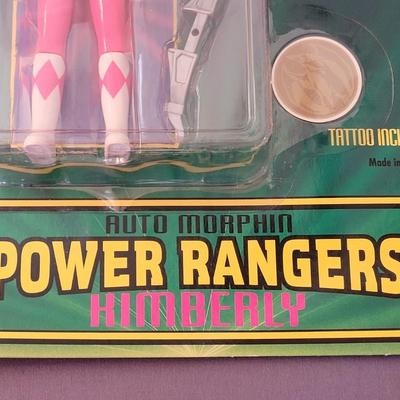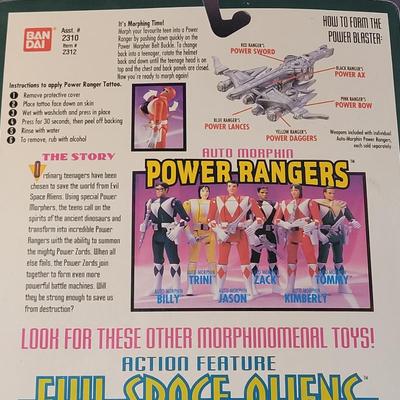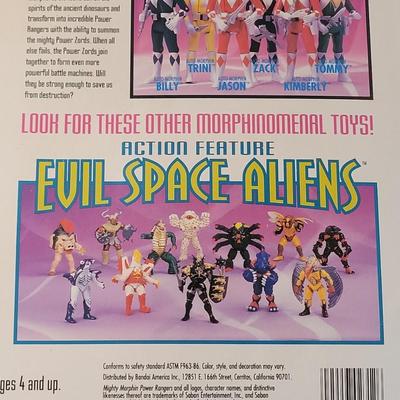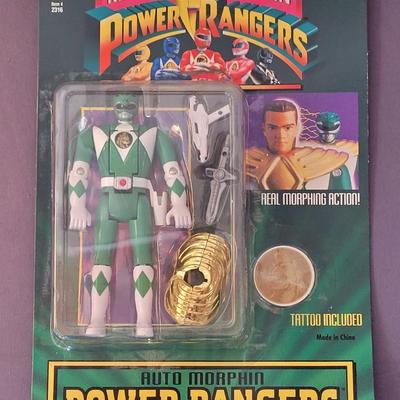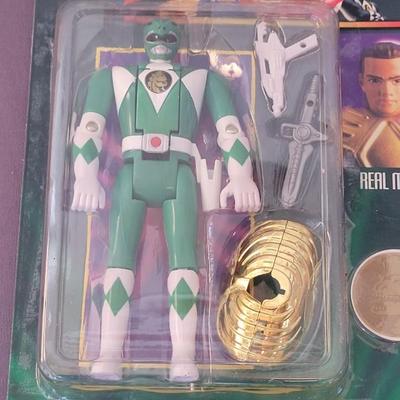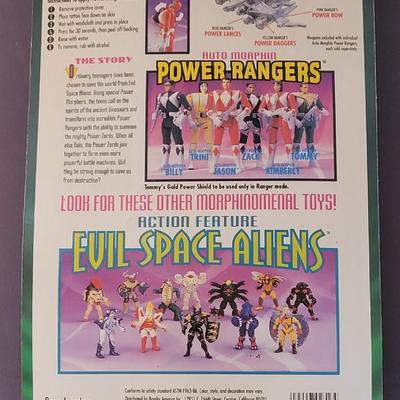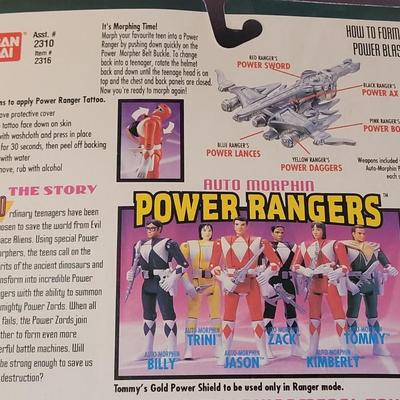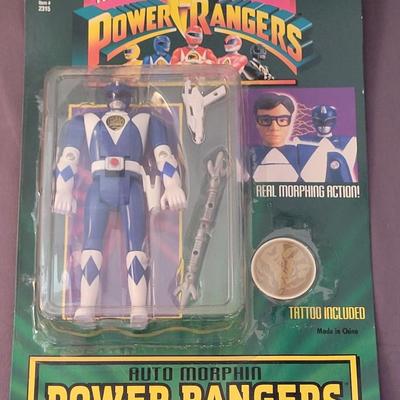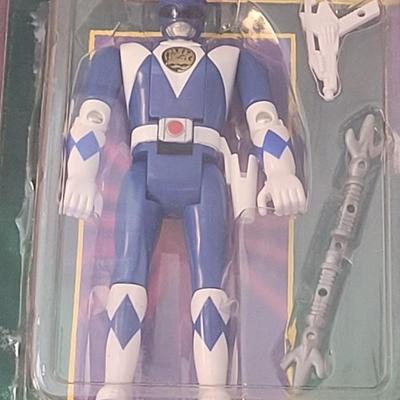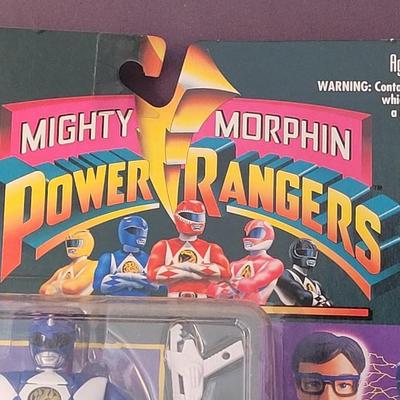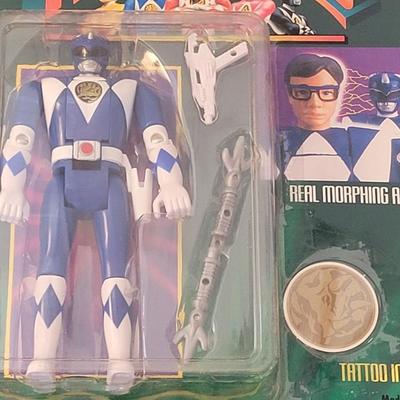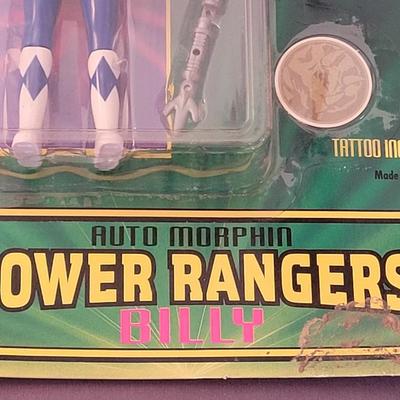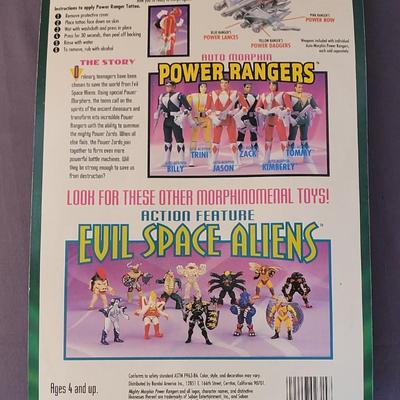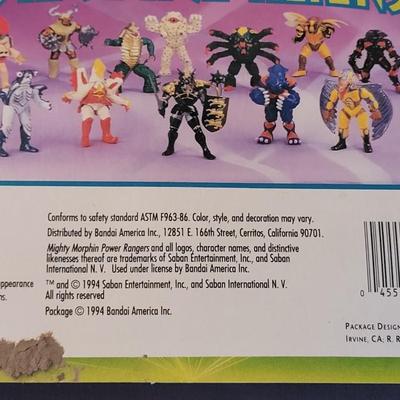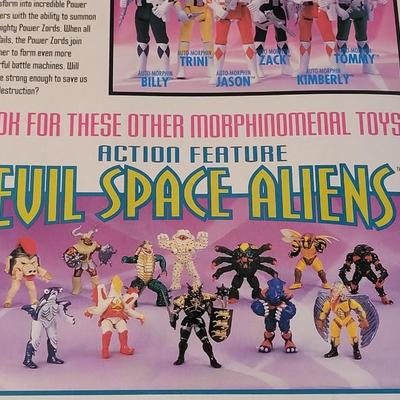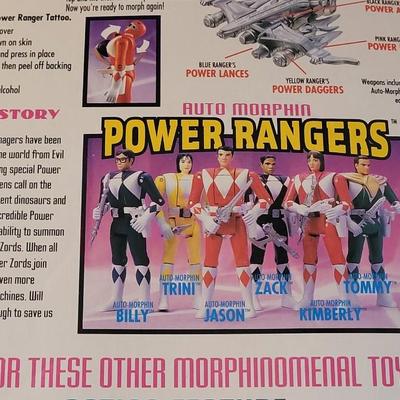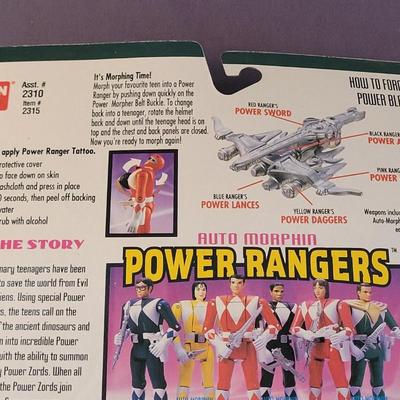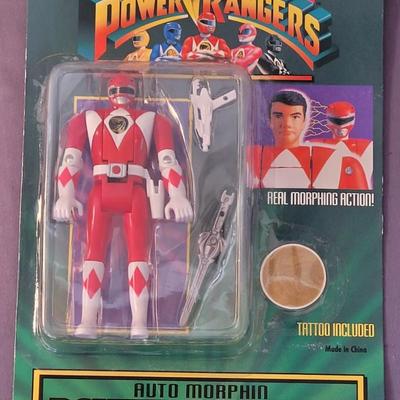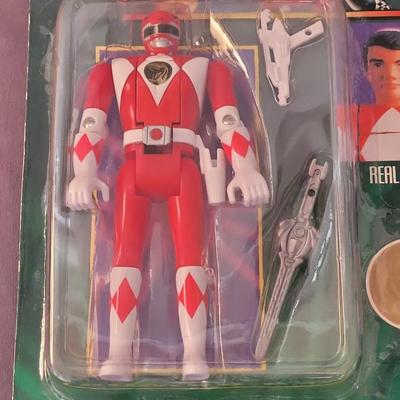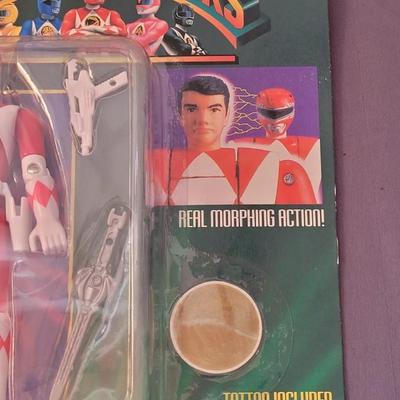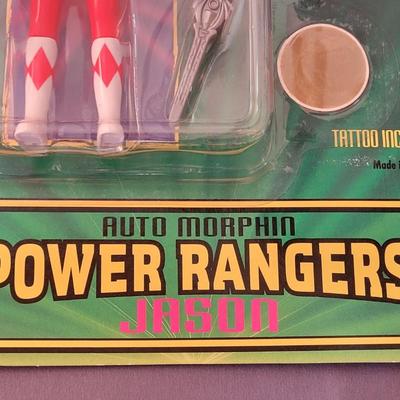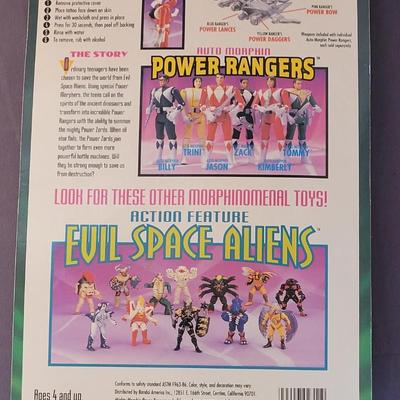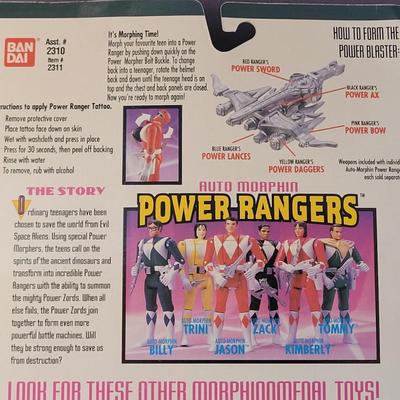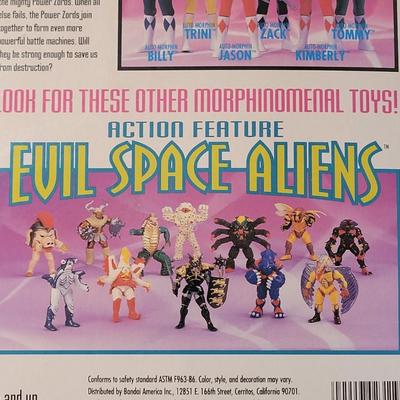-
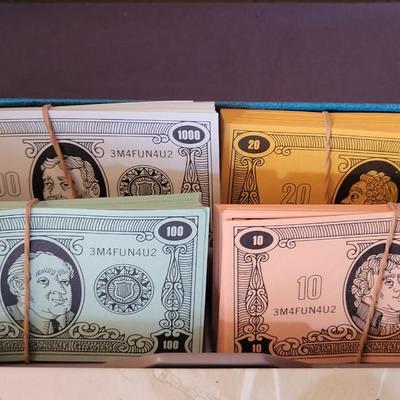
Board Game in nice condition. *** Players represent collectors attempting to gather sets of valuable properties and artifacts ... coins, antiques, miniatures, etc. These sets are worth handsome sums at game's end. Individual pieces of a set are worthless at game's end, but are able to be sold during the course of the game in order to provide a cash-flow. These 'properties' are represented on cards. There are 12 different types of properties, varying from 3 - 6 pieces per set. Naturally, the sets containing six pieces are much more valuable than the sets containing only three pieces as it is much more difficult to complete these larger sets. Each player is dealt six cards and given a starting 'fund' of $2,000. The top 'property' card is revealed and a bidding ensues. The winner pays the bank and takes the card into his hand. The player then has the option of selling 1 - 3 properties to the bank. The idea here is to rid yourself of properties that you do not wish to collect and provide a source of income. There is danger, however. The sales price is determined randomly via the roll of two dice. The price can vary from 25% - 100% of the listed worth of the item. Further, if a '0' is rolled on one of the dice, then the item is NOT sold outright, but rather an auction takes place amongst the players. This can result in a substantially reduced price to the seller, or a higher price, depending upon the demand for the item. Further, it is quite possible that no one desires the item, so the seller must take the item back into his hand. There is also the possibility that the player will earn a $200 bonus if the proper digit is rolled on one of the dice. When a property is sold, it is placed on the appropriate section of the 'board' - 25%, 50%, 75%, or 100% (there really isn't a board, just a card holder that indicates these sections). After a player sells properties, he may surrender one of the special 'buyer' cards and purchase from 1 - 3 cards from one of these markets. The player must pay the indicated price (based on the particular percentage market where the property is located) and take the property into his hand. Again, there is a decision to be made here. Buyer cards are very valuable, as they can be used in a number of fashions: 1) Purchase properties, as described above; 2) Used as a 'wild' card to complete a set; or 3) Valued as $500.00 at the end of the game. So, a player has to weigh the advantages of each of these options and play accordingly. Buyer cards are purchases at auction in conjunction with a property card. When a Buyer card is revealed, another card is then revealed, and both cards are then auctioned together. The auction is a 'sealed' auction, however, so the stakes are often high as these cards carry tremendous advantages. The game continues in this fashion until the property deck expires or a player calls an end to the game. One can only do this, however, if he has a total value (property sets plus cash) in excess of $5,000. Even then, a player should only do this when he feels he has more assets than any of his opponents. 101 / 1791 sold -
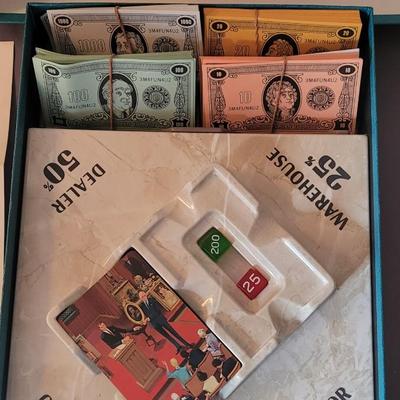
Board Game in nice condition. *** Players represent collectors attempting to gather sets of valuable properties and artifacts ... coins, antiques, miniatures, etc. These sets are worth handsome sums at game's end. Individual pieces of a set are worthless at game's end, but are able to be sold during the course of the game in order to provide a cash-flow. These 'properties' are represented on cards. There are 12 different types of properties, varying from 3 - 6 pieces per set. Naturally, the sets containing six pieces are much more valuable than the sets containing only three pieces as it is much more difficult to complete these larger sets. Each player is dealt six cards and given a starting 'fund' of $2,000. The top 'property' card is revealed and a bidding ensues. The winner pays the bank and takes the card into his hand. The player then has the option of selling 1 - 3 properties to the bank. The idea here is to rid yourself of properties that you do not wish to collect and provide a source of income. There is danger, however. The sales price is determined randomly via the roll of two dice. The price can vary from 25% - 100% of the listed worth of the item. Further, if a '0' is rolled on one of the dice, then the item is NOT sold outright, but rather an auction takes place amongst the players. This can result in a substantially reduced price to the seller, or a higher price, depending upon the demand for the item. Further, it is quite possible that no one desires the item, so the seller must take the item back into his hand. There is also the possibility that the player will earn a $200 bonus if the proper digit is rolled on one of the dice. When a property is sold, it is placed on the appropriate section of the 'board' - 25%, 50%, 75%, or 100% (there really isn't a board, just a card holder that indicates these sections). After a player sells properties, he may surrender one of the special 'buyer' cards and purchase from 1 - 3 cards from one of these markets. The player must pay the indicated price (based on the particular percentage market where the property is located) and take the property into his hand. Again, there is a decision to be made here. Buyer cards are very valuable, as they can be used in a number of fashions: 1) Purchase properties, as described above; 2) Used as a 'wild' card to complete a set; or 3) Valued as $500.00 at the end of the game. So, a player has to weigh the advantages of each of these options and play accordingly. Buyer cards are purchases at auction in conjunction with a property card. When a Buyer card is revealed, another card is then revealed, and both cards are then auctioned together. The auction is a 'sealed' auction, however, so the stakes are often high as these cards carry tremendous advantages. The game continues in this fashion until the property deck expires or a player calls an end to the game. One can only do this, however, if he has a total value (property sets plus cash) in excess of $5,000. Even then, a player should only do this when he feels he has more assets than any of his opponents. 102 / 1791 sold -
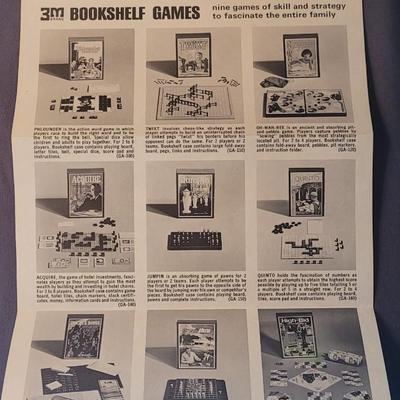
Board Game in nice condition. *** Players represent collectors attempting to gather sets of valuable properties and artifacts ... coins, antiques, miniatures, etc. These sets are worth handsome sums at game's end. Individual pieces of a set are worthless at game's end, but are able to be sold during the course of the game in order to provide a cash-flow. These 'properties' are represented on cards. There are 12 different types of properties, varying from 3 - 6 pieces per set. Naturally, the sets containing six pieces are much more valuable than the sets containing only three pieces as it is much more difficult to complete these larger sets. Each player is dealt six cards and given a starting 'fund' of $2,000. The top 'property' card is revealed and a bidding ensues. The winner pays the bank and takes the card into his hand. The player then has the option of selling 1 - 3 properties to the bank. The idea here is to rid yourself of properties that you do not wish to collect and provide a source of income. There is danger, however. The sales price is determined randomly via the roll of two dice. The price can vary from 25% - 100% of the listed worth of the item. Further, if a '0' is rolled on one of the dice, then the item is NOT sold outright, but rather an auction takes place amongst the players. This can result in a substantially reduced price to the seller, or a higher price, depending upon the demand for the item. Further, it is quite possible that no one desires the item, so the seller must take the item back into his hand. There is also the possibility that the player will earn a $200 bonus if the proper digit is rolled on one of the dice. When a property is sold, it is placed on the appropriate section of the 'board' - 25%, 50%, 75%, or 100% (there really isn't a board, just a card holder that indicates these sections). After a player sells properties, he may surrender one of the special 'buyer' cards and purchase from 1 - 3 cards from one of these markets. The player must pay the indicated price (based on the particular percentage market where the property is located) and take the property into his hand. Again, there is a decision to be made here. Buyer cards are very valuable, as they can be used in a number of fashions: 1) Purchase properties, as described above; 2) Used as a 'wild' card to complete a set; or 3) Valued as $500.00 at the end of the game. So, a player has to weigh the advantages of each of these options and play accordingly. Buyer cards are purchases at auction in conjunction with a property card. When a Buyer card is revealed, another card is then revealed, and both cards are then auctioned together. The auction is a 'sealed' auction, however, so the stakes are often high as these cards carry tremendous advantages. The game continues in this fashion until the property deck expires or a player calls an end to the game. One can only do this, however, if he has a total value (property sets plus cash) in excess of $5,000. Even then, a player should only do this when he feels he has more assets than any of his opponents. 103 / 1791 sold -
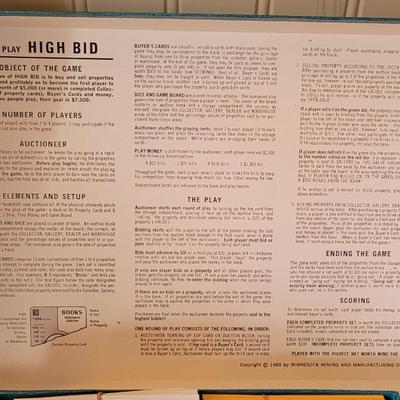
Board Game in nice condition. *** Players represent collectors attempting to gather sets of valuable properties and artifacts ... coins, antiques, miniatures, etc. These sets are worth handsome sums at game's end. Individual pieces of a set are worthless at game's end, but are able to be sold during the course of the game in order to provide a cash-flow. These 'properties' are represented on cards. There are 12 different types of properties, varying from 3 - 6 pieces per set. Naturally, the sets containing six pieces are much more valuable than the sets containing only three pieces as it is much more difficult to complete these larger sets. Each player is dealt six cards and given a starting 'fund' of $2,000. The top 'property' card is revealed and a bidding ensues. The winner pays the bank and takes the card into his hand. The player then has the option of selling 1 - 3 properties to the bank. The idea here is to rid yourself of properties that you do not wish to collect and provide a source of income. There is danger, however. The sales price is determined randomly via the roll of two dice. The price can vary from 25% - 100% of the listed worth of the item. Further, if a '0' is rolled on one of the dice, then the item is NOT sold outright, but rather an auction takes place amongst the players. This can result in a substantially reduced price to the seller, or a higher price, depending upon the demand for the item. Further, it is quite possible that no one desires the item, so the seller must take the item back into his hand. There is also the possibility that the player will earn a $200 bonus if the proper digit is rolled on one of the dice. When a property is sold, it is placed on the appropriate section of the 'board' - 25%, 50%, 75%, or 100% (there really isn't a board, just a card holder that indicates these sections). After a player sells properties, he may surrender one of the special 'buyer' cards and purchase from 1 - 3 cards from one of these markets. The player must pay the indicated price (based on the particular percentage market where the property is located) and take the property into his hand. Again, there is a decision to be made here. Buyer cards are very valuable, as they can be used in a number of fashions: 1) Purchase properties, as described above; 2) Used as a 'wild' card to complete a set; or 3) Valued as $500.00 at the end of the game. So, a player has to weigh the advantages of each of these options and play accordingly. Buyer cards are purchases at auction in conjunction with a property card. When a Buyer card is revealed, another card is then revealed, and both cards are then auctioned together. The auction is a 'sealed' auction, however, so the stakes are often high as these cards carry tremendous advantages. The game continues in this fashion until the property deck expires or a player calls an end to the game. One can only do this, however, if he has a total value (property sets plus cash) in excess of $5,000. Even then, a player should only do this when he feels he has more assets than any of his opponents. 104 / 1791 sold -
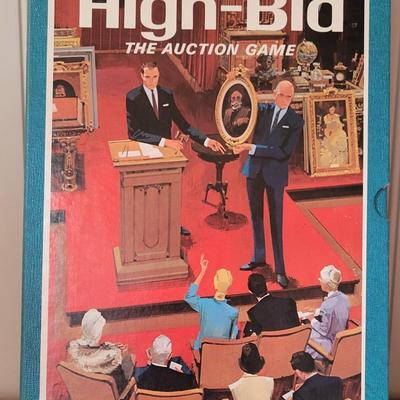
Board Game in nice condition. *** Players represent collectors attempting to gather sets of valuable properties and artifacts ... coins, antiques, miniatures, etc. These sets are worth handsome sums at game's end. Individual pieces of a set are worthless at game's end, but are able to be sold during the course of the game in order to provide a cash-flow. These 'properties' are represented on cards. There are 12 different types of properties, varying from 3 - 6 pieces per set. Naturally, the sets containing six pieces are much more valuable than the sets containing only three pieces as it is much more difficult to complete these larger sets. Each player is dealt six cards and given a starting 'fund' of $2,000. The top 'property' card is revealed and a bidding ensues. The winner pays the bank and takes the card into his hand. The player then has the option of selling 1 - 3 properties to the bank. The idea here is to rid yourself of properties that you do not wish to collect and provide a source of income. There is danger, however. The sales price is determined randomly via the roll of two dice. The price can vary from 25% - 100% of the listed worth of the item. Further, if a '0' is rolled on one of the dice, then the item is NOT sold outright, but rather an auction takes place amongst the players. This can result in a substantially reduced price to the seller, or a higher price, depending upon the demand for the item. Further, it is quite possible that no one desires the item, so the seller must take the item back into his hand. There is also the possibility that the player will earn a $200 bonus if the proper digit is rolled on one of the dice. When a property is sold, it is placed on the appropriate section of the 'board' - 25%, 50%, 75%, or 100% (there really isn't a board, just a card holder that indicates these sections). After a player sells properties, he may surrender one of the special 'buyer' cards and purchase from 1 - 3 cards from one of these markets. The player must pay the indicated price (based on the particular percentage market where the property is located) and take the property into his hand. Again, there is a decision to be made here. Buyer cards are very valuable, as they can be used in a number of fashions: 1) Purchase properties, as described above; 2) Used as a 'wild' card to complete a set; or 3) Valued as $500.00 at the end of the game. So, a player has to weigh the advantages of each of these options and play accordingly. Buyer cards are purchases at auction in conjunction with a property card. When a Buyer card is revealed, another card is then revealed, and both cards are then auctioned together. The auction is a 'sealed' auction, however, so the stakes are often high as these cards carry tremendous advantages. The game continues in this fashion until the property deck expires or a player calls an end to the game. One can only do this, however, if he has a total value (property sets plus cash) in excess of $5,000. Even then, a player should only do this when he feels he has more assets than any of his opponents. 105 / 1791 sold -

Board Game in nice condition. *** Players represent collectors attempting to gather sets of valuable properties and artifacts ... coins, antiques, miniatures, etc. These sets are worth handsome sums at game's end. Individual pieces of a set are worthless at game's end, but are able to be sold during the course of the game in order to provide a cash-flow. These 'properties' are represented on cards. There are 12 different types of properties, varying from 3 - 6 pieces per set. Naturally, the sets containing six pieces are much more valuable than the sets containing only three pieces as it is much more difficult to complete these larger sets. Each player is dealt six cards and given a starting 'fund' of $2,000. The top 'property' card is revealed and a bidding ensues. The winner pays the bank and takes the card into his hand. The player then has the option of selling 1 - 3 properties to the bank. The idea here is to rid yourself of properties that you do not wish to collect and provide a source of income. There is danger, however. The sales price is determined randomly via the roll of two dice. The price can vary from 25% - 100% of the listed worth of the item. Further, if a '0' is rolled on one of the dice, then the item is NOT sold outright, but rather an auction takes place amongst the players. This can result in a substantially reduced price to the seller, or a higher price, depending upon the demand for the item. Further, it is quite possible that no one desires the item, so the seller must take the item back into his hand. There is also the possibility that the player will earn a $200 bonus if the proper digit is rolled on one of the dice. When a property is sold, it is placed on the appropriate section of the 'board' - 25%, 50%, 75%, or 100% (there really isn't a board, just a card holder that indicates these sections). After a player sells properties, he may surrender one of the special 'buyer' cards and purchase from 1 - 3 cards from one of these markets. The player must pay the indicated price (based on the particular percentage market where the property is located) and take the property into his hand. Again, there is a decision to be made here. Buyer cards are very valuable, as they can be used in a number of fashions: 1) Purchase properties, as described above; 2) Used as a 'wild' card to complete a set; or 3) Valued as $500.00 at the end of the game. So, a player has to weigh the advantages of each of these options and play accordingly. Buyer cards are purchases at auction in conjunction with a property card. When a Buyer card is revealed, another card is then revealed, and both cards are then auctioned together. The auction is a 'sealed' auction, however, so the stakes are often high as these cards carry tremendous advantages. The game continues in this fashion until the property deck expires or a player calls an end to the game. One can only do this, however, if he has a total value (property sets plus cash) in excess of $5,000. Even then, a player should only do this when he feels he has more assets than any of his opponents. 106 / 1791 sold -
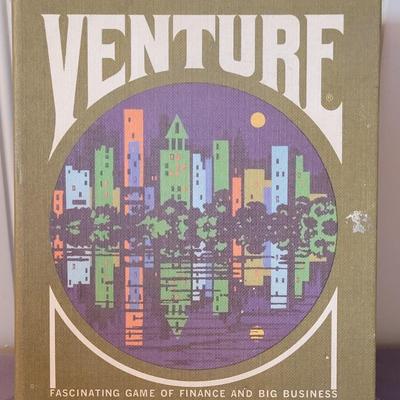
Nice condition Card Game. ***Card game in which players purchase companies using sets that have various monetary denominations (the resource cards). Turning in a set with matching symbols is worth more than the face value of the cards, so set collecting becomes a key strategy. Purchased companies (the corporation cards) are placed in front of the player according to a matching letter system. The top company of each stack is vulnerable to proxy take-overs by other players, so they usually attempt to order their holdings such that the most valuable ones are covered by less valuable companies. Scoring occurs whenever a player draws a profit card from the deck. The game ends when the corporation deck is exhausted. 107 / 1791 sold -
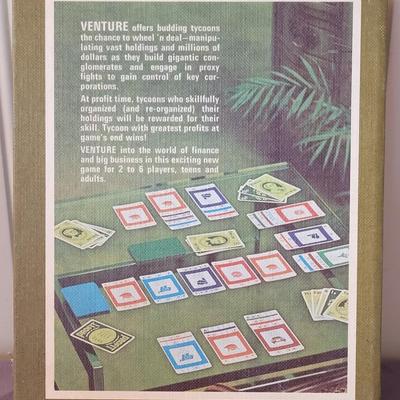
Nice condition Card Game. ***Card game in which players purchase companies using sets that have various monetary denominations (the resource cards). Turning in a set with matching symbols is worth more than the face value of the cards, so set collecting becomes a key strategy. Purchased companies (the corporation cards) are placed in front of the player according to a matching letter system. The top company of each stack is vulnerable to proxy take-overs by other players, so they usually attempt to order their holdings such that the most valuable ones are covered by less valuable companies. Scoring occurs whenever a player draws a profit card from the deck. The game ends when the corporation deck is exhausted. 108 / 1791 sold -
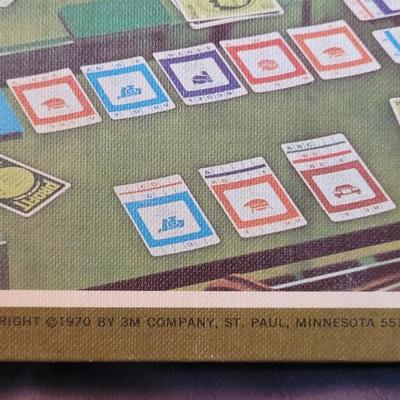
Nice condition Card Game. ***Card game in which players purchase companies using sets that have various monetary denominations (the resource cards). Turning in a set with matching symbols is worth more than the face value of the cards, so set collecting becomes a key strategy. Purchased companies (the corporation cards) are placed in front of the player according to a matching letter system. The top company of each stack is vulnerable to proxy take-overs by other players, so they usually attempt to order their holdings such that the most valuable ones are covered by less valuable companies. Scoring occurs whenever a player draws a profit card from the deck. The game ends when the corporation deck is exhausted. 109 / 1791 sold -
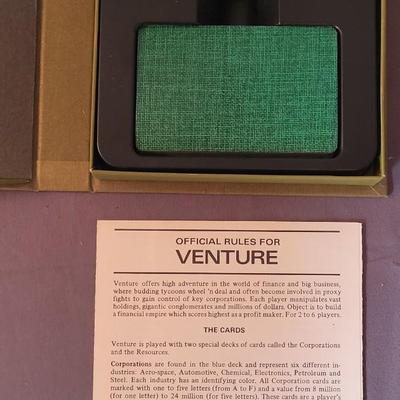
Nice condition Card Game. ***Card game in which players purchase companies using sets that have various monetary denominations (the resource cards). Turning in a set with matching symbols is worth more than the face value of the cards, so set collecting becomes a key strategy. Purchased companies (the corporation cards) are placed in front of the player according to a matching letter system. The top company of each stack is vulnerable to proxy take-overs by other players, so they usually attempt to order their holdings such that the most valuable ones are covered by less valuable companies. Scoring occurs whenever a player draws a profit card from the deck. The game ends when the corporation deck is exhausted. 110 / 1791 sold -
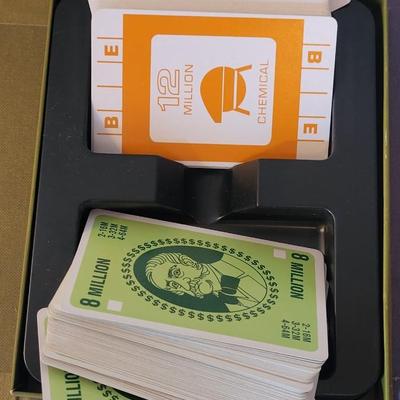
Nice condition Card Game. ***Card game in which players purchase companies using sets that have various monetary denominations (the resource cards). Turning in a set with matching symbols is worth more than the face value of the cards, so set collecting becomes a key strategy. Purchased companies (the corporation cards) are placed in front of the player according to a matching letter system. The top company of each stack is vulnerable to proxy take-overs by other players, so they usually attempt to order their holdings such that the most valuable ones are covered by less valuable companies. Scoring occurs whenever a player draws a profit card from the deck. The game ends when the corporation deck is exhausted. 111 / 1791 sold -

Card Game in nice condition. ****Evade is an old (1971) 3M game, part of their series of 'Gamettes', games which were released in very small, fold-over bookcase type boxes. There were 9 games in this series, which were released near the end of the 3M venture into the gaming market. The game is extremely simple, yet requires quite a bit of 'bluffing' in order to win. Each player begins with six metal pawns along the back row of a 6x6 grid. The board fits snuggly into the box itself and is quite sturdy. The game is, as is the entire Gamette series, ideal for bringing along while traveling. Each player secretly places a teeny magnet under two of his pawns. The object is to be the first player to maneuver one of these 'magnet-bearing' pawns to the opposite side of the board. If you manage to accomplish this feat, you win. Movement is simple. You simply move one of your pawns one space to an adjacent space ... vertically, horizontally or diagonally. If this lands you atop an opponent's pawn, you are both 'frozen' and can no longer move. If you make the mistake of moving one of your 'magnet' pawns onto an opponent, he instantly wins. "Well", you say, "Why wouldn't I just check the pawn to make sure it wasn't carrying a magnet before making such a questionable move?". The rules allow for this, but if you do check, you are prohibited from 'freezing' an opponent that round. So, it's best to remember which two of your pawns are carrying magnets. As mentioned, the game ends as soon as one player manages to get a magnet-bearing pawn to the opposite side of the board. If both players fail to accomplish this, the game is a draw. The game is very simple and the primary tactic is 'bluff'. Are you going to be bold and move one of your 'magnet' pawns to the front, figuring your opponent will guess that this cannot possibly be your magnet pawn as he could freeze it too easily? Or, do you protect your magnet pawns and try to create a path that it can squeeze by your opponent's pawns and scoot to the opposite side? As with most bluff-style games, there's some guesswork and plain old luck involved, but there is still enough maneuvering and tactics to keep it interesting. 112 / 1791 sold -
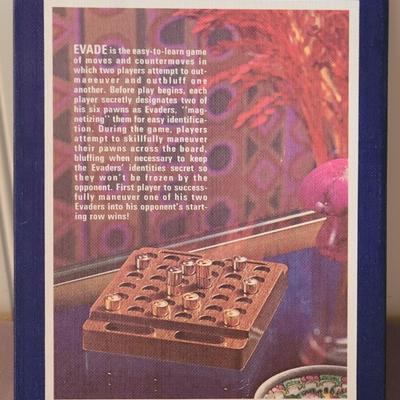
Card Game in nice condition. ****Evade is an old (1971) 3M game, part of their series of 'Gamettes', games which were released in very small, fold-over bookcase type boxes. There were 9 games in this series, which were released near the end of the 3M venture into the gaming market. The game is extremely simple, yet requires quite a bit of 'bluffing' in order to win. Each player begins with six metal pawns along the back row of a 6x6 grid. The board fits snuggly into the box itself and is quite sturdy. The game is, as is the entire Gamette series, ideal for bringing along while traveling. Each player secretly places a teeny magnet under two of his pawns. The object is to be the first player to maneuver one of these 'magnet-bearing' pawns to the opposite side of the board. If you manage to accomplish this feat, you win. Movement is simple. You simply move one of your pawns one space to an adjacent space ... vertically, horizontally or diagonally. If this lands you atop an opponent's pawn, you are both 'frozen' and can no longer move. If you make the mistake of moving one of your 'magnet' pawns onto an opponent, he instantly wins. "Well", you say, "Why wouldn't I just check the pawn to make sure it wasn't carrying a magnet before making such a questionable move?". The rules allow for this, but if you do check, you are prohibited from 'freezing' an opponent that round. So, it's best to remember which two of your pawns are carrying magnets. As mentioned, the game ends as soon as one player manages to get a magnet-bearing pawn to the opposite side of the board. If both players fail to accomplish this, the game is a draw. The game is very simple and the primary tactic is 'bluff'. Are you going to be bold and move one of your 'magnet' pawns to the front, figuring your opponent will guess that this cannot possibly be your magnet pawn as he could freeze it too easily? Or, do you protect your magnet pawns and try to create a path that it can squeeze by your opponent's pawns and scoot to the opposite side? As with most bluff-style games, there's some guesswork and plain old luck involved, but there is still enough maneuvering and tactics to keep it interesting. 113 / 1791 sold -
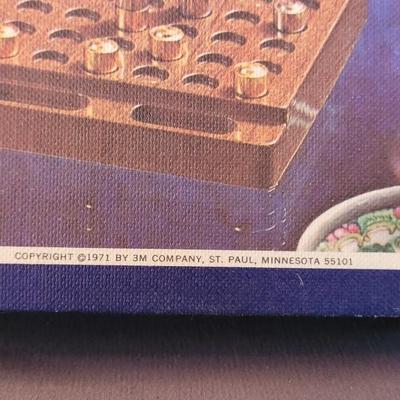
Card Game in nice condition. ****Evade is an old (1971) 3M game, part of their series of 'Gamettes', games which were released in very small, fold-over bookcase type boxes. There were 9 games in this series, which were released near the end of the 3M venture into the gaming market. The game is extremely simple, yet requires quite a bit of 'bluffing' in order to win. Each player begins with six metal pawns along the back row of a 6x6 grid. The board fits snuggly into the box itself and is quite sturdy. The game is, as is the entire Gamette series, ideal for bringing along while traveling. Each player secretly places a teeny magnet under two of his pawns. The object is to be the first player to maneuver one of these 'magnet-bearing' pawns to the opposite side of the board. If you manage to accomplish this feat, you win. Movement is simple. You simply move one of your pawns one space to an adjacent space ... vertically, horizontally or diagonally. If this lands you atop an opponent's pawn, you are both 'frozen' and can no longer move. If you make the mistake of moving one of your 'magnet' pawns onto an opponent, he instantly wins. "Well", you say, "Why wouldn't I just check the pawn to make sure it wasn't carrying a magnet before making such a questionable move?". The rules allow for this, but if you do check, you are prohibited from 'freezing' an opponent that round. So, it's best to remember which two of your pawns are carrying magnets. As mentioned, the game ends as soon as one player manages to get a magnet-bearing pawn to the opposite side of the board. If both players fail to accomplish this, the game is a draw. The game is very simple and the primary tactic is 'bluff'. Are you going to be bold and move one of your 'magnet' pawns to the front, figuring your opponent will guess that this cannot possibly be your magnet pawn as he could freeze it too easily? Or, do you protect your magnet pawns and try to create a path that it can squeeze by your opponent's pawns and scoot to the opposite side? As with most bluff-style games, there's some guesswork and plain old luck involved, but there is still enough maneuvering and tactics to keep it interesting. 114 / 1791 sold -
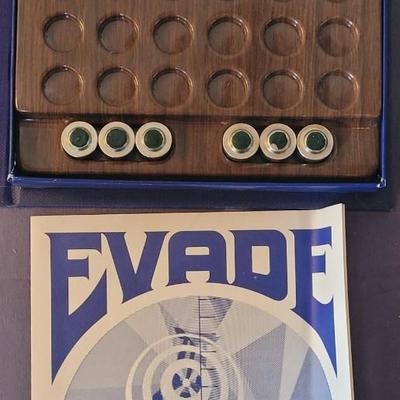
Card Game in nice condition. ****Evade is an old (1971) 3M game, part of their series of 'Gamettes', games which were released in very small, fold-over bookcase type boxes. There were 9 games in this series, which were released near the end of the 3M venture into the gaming market. The game is extremely simple, yet requires quite a bit of 'bluffing' in order to win. Each player begins with six metal pawns along the back row of a 6x6 grid. The board fits snuggly into the box itself and is quite sturdy. The game is, as is the entire Gamette series, ideal for bringing along while traveling. Each player secretly places a teeny magnet under two of his pawns. The object is to be the first player to maneuver one of these 'magnet-bearing' pawns to the opposite side of the board. If you manage to accomplish this feat, you win. Movement is simple. You simply move one of your pawns one space to an adjacent space ... vertically, horizontally or diagonally. If this lands you atop an opponent's pawn, you are both 'frozen' and can no longer move. If you make the mistake of moving one of your 'magnet' pawns onto an opponent, he instantly wins. "Well", you say, "Why wouldn't I just check the pawn to make sure it wasn't carrying a magnet before making such a questionable move?". The rules allow for this, but if you do check, you are prohibited from 'freezing' an opponent that round. So, it's best to remember which two of your pawns are carrying magnets. As mentioned, the game ends as soon as one player manages to get a magnet-bearing pawn to the opposite side of the board. If both players fail to accomplish this, the game is a draw. The game is very simple and the primary tactic is 'bluff'. Are you going to be bold and move one of your 'magnet' pawns to the front, figuring your opponent will guess that this cannot possibly be your magnet pawn as he could freeze it too easily? Or, do you protect your magnet pawns and try to create a path that it can squeeze by your opponent's pawns and scoot to the opposite side? As with most bluff-style games, there's some guesswork and plain old luck involved, but there is still enough maneuvering and tactics to keep it interesting. 115 / 1791 sold -
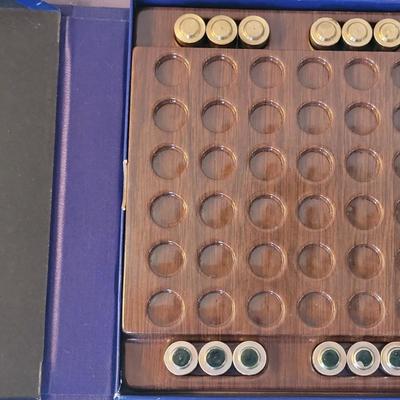
Card Game in nice condition. ****Evade is an old (1971) 3M game, part of their series of 'Gamettes', games which were released in very small, fold-over bookcase type boxes. There were 9 games in this series, which were released near the end of the 3M venture into the gaming market. The game is extremely simple, yet requires quite a bit of 'bluffing' in order to win. Each player begins with six metal pawns along the back row of a 6x6 grid. The board fits snuggly into the box itself and is quite sturdy. The game is, as is the entire Gamette series, ideal for bringing along while traveling. Each player secretly places a teeny magnet under two of his pawns. The object is to be the first player to maneuver one of these 'magnet-bearing' pawns to the opposite side of the board. If you manage to accomplish this feat, you win. Movement is simple. You simply move one of your pawns one space to an adjacent space ... vertically, horizontally or diagonally. If this lands you atop an opponent's pawn, you are both 'frozen' and can no longer move. If you make the mistake of moving one of your 'magnet' pawns onto an opponent, he instantly wins. "Well", you say, "Why wouldn't I just check the pawn to make sure it wasn't carrying a magnet before making such a questionable move?". The rules allow for this, but if you do check, you are prohibited from 'freezing' an opponent that round. So, it's best to remember which two of your pawns are carrying magnets. As mentioned, the game ends as soon as one player manages to get a magnet-bearing pawn to the opposite side of the board. If both players fail to accomplish this, the game is a draw. The game is very simple and the primary tactic is 'bluff'. Are you going to be bold and move one of your 'magnet' pawns to the front, figuring your opponent will guess that this cannot possibly be your magnet pawn as he could freeze it too easily? Or, do you protect your magnet pawns and try to create a path that it can squeeze by your opponent's pawns and scoot to the opposite side? As with most bluff-style games, there's some guesswork and plain old luck involved, but there is still enough maneuvering and tactics to keep it interesting. 116 / 1791 sold -
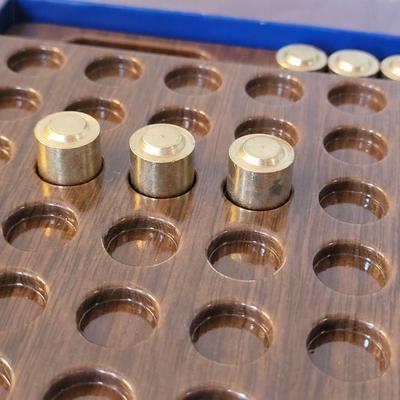
Card Game in nice condition. ****Evade is an old (1971) 3M game, part of their series of 'Gamettes', games which were released in very small, fold-over bookcase type boxes. There were 9 games in this series, which were released near the end of the 3M venture into the gaming market. The game is extremely simple, yet requires quite a bit of 'bluffing' in order to win. Each player begins with six metal pawns along the back row of a 6x6 grid. The board fits snuggly into the box itself and is quite sturdy. The game is, as is the entire Gamette series, ideal for bringing along while traveling. Each player secretly places a teeny magnet under two of his pawns. The object is to be the first player to maneuver one of these 'magnet-bearing' pawns to the opposite side of the board. If you manage to accomplish this feat, you win. Movement is simple. You simply move one of your pawns one space to an adjacent space ... vertically, horizontally or diagonally. If this lands you atop an opponent's pawn, you are both 'frozen' and can no longer move. If you make the mistake of moving one of your 'magnet' pawns onto an opponent, he instantly wins. "Well", you say, "Why wouldn't I just check the pawn to make sure it wasn't carrying a magnet before making such a questionable move?". The rules allow for this, but if you do check, you are prohibited from 'freezing' an opponent that round. So, it's best to remember which two of your pawns are carrying magnets. As mentioned, the game ends as soon as one player manages to get a magnet-bearing pawn to the opposite side of the board. If both players fail to accomplish this, the game is a draw. The game is very simple and the primary tactic is 'bluff'. Are you going to be bold and move one of your 'magnet' pawns to the front, figuring your opponent will guess that this cannot possibly be your magnet pawn as he could freeze it too easily? Or, do you protect your magnet pawns and try to create a path that it can squeeze by your opponent's pawns and scoot to the opposite side? As with most bluff-style games, there's some guesswork and plain old luck involved, but there is still enough maneuvering and tactics to keep it interesting. 117 / 1791 sold -
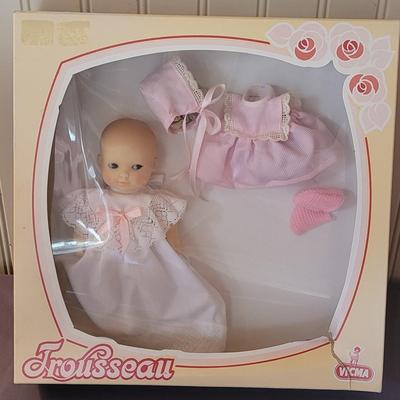
New in the box. 118 / 1791 -
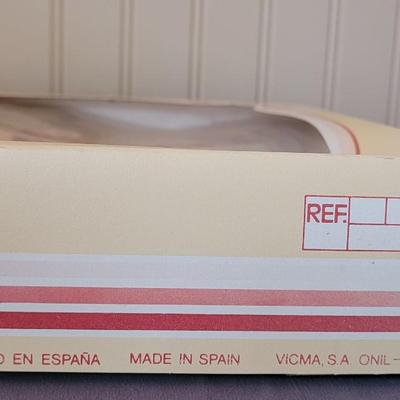
New in the box. 119 / 1791 -
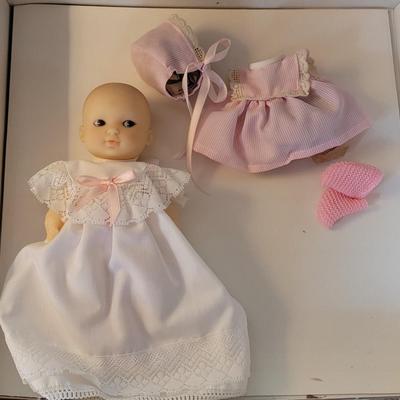
New in the box. 120 / 1791 -
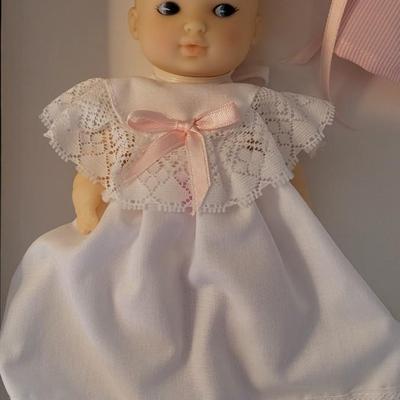
New in the box. 121 / 1791 -

New in the box. 122 / 1791 -
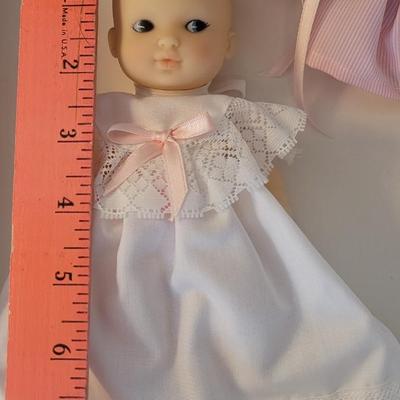
New in the box. 123 / 1791 -
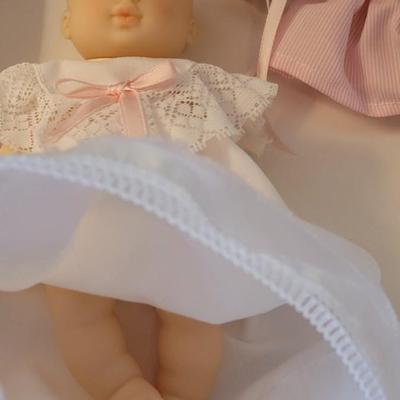
New in the box. 124 / 1791
Photos 101 - 200 of 1791
Per page:
